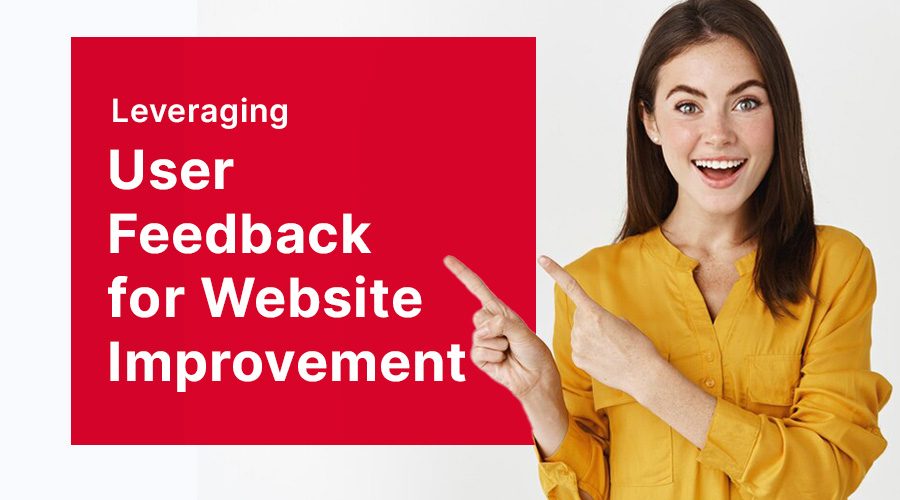Introduction
Well, hey there! Have you ever been on a website and thought, “Man, this could really use a tune-up”? Maybe you’re even wondering how your own website is doing. You’re in luck because today we’re going to chat about how to take that good old user feedback and use it to turn your website from a ‘meh’ to a ‘wow.’ Buckle up, because we’re going for a ride through the bumpy road of website improvement – and it all starts with listening to your users.
Table of Contents
- The Power of User Feedback
- Collecting Feedback: Methods and Tools
- Transforming Feedback into Actionable Insights
- Using Feedback for Continuous Improvement
- When and How to Ask for Feedback
The Power of User Feedback
Let’s start at the beginning. Why user feedback? Well, think about it this way – imagine you’re a chef and you never taste your own cooking. Weird, right? Without tasting your dish, you wouldn’t know if you’ve put enough salt or if the steak is overcooked. Similarly, without user feedback, you’d be driving blind, not knowing what’s working and what’s not on your website.
Feedback acts as a lighthouse, guiding you through the foggy and unpredictable ocean of user experience. Whether it’s understanding your users’ needs, improving the design, or refining your content, feedback is the secret ingredient to a successful website. It’s like your personal compass, always pointing towards improvement.
Collecting Feedback: Methods and Tools
Ok, so we’ve established that user feedback is basically your website’s BFF. But how do we get it? How do we reach out to users and invite them to our feedback party?
Well, there’s no one-size-fits-all answer here, as the best approach depends on your website’s specifics. You might use online surveys, feedback forms, usability tests, or maybe even good old-fashioned emails. Tools like UserVoice, Qualaroo, or SurveyMonkey can be valuable allies in this quest.
Remember though, collecting feedback is not a trophy hunt. It’s more like a friendly chat over a cup of coffee. We want to understand our users, not overwhelm them with questionnaires.
Transforming Feedback into Actionable Insights
Great, so we’ve got a mountain of feedback. Now what? How do we turn these raw comments, opinions, and ratings into meaningful changes to our website?
The trick is to listen, interpret, and act. It’s like building a jigsaw puzzle. Each piece of feedback is a small part of the bigger picture. You need to carefully examine each piece, figure out where it fits, and then make the necessary adjustments.
Data analytics tools can help here, sorting the information and identifying patterns. However, nothing beats the good old human touch. Take your time, dig into the feedback, and always strive to understand the underlying reasons behind the users’ comments.
Using Feedback for Continuous Improvement
Leveraging user feedback isn’t a one-time thing. It’s an ongoing process, a never-ending journey of making your website better, one step at a time. Think of it as an evolving painting, where each brushstroke – each piece of feedback – adds a new layer of depth and complexity.
So, keep collecting feedback, keep making changes, and keep improving. It’s not about reaching some mythical ‘perfect website.’ It’s about consistently delivering a better user experience. And trust me, your users will appreciate it.
When and How to Ask for Feedback
Finally, let’s talk about when and how to ask for feedback. Timing is key. You don’t want to bombard users with pop-ups the moment they land on your site, right?
Find the right moments to ask for feedback. Maybe it’s after a transaction, at the end of a blog post, or when a user decides to leave the site. Make the process simple and straightforward. Remember, asking for feedback is like asking for a favor. Be polite, be concise, and always show appreciation.
Conclusion
There we have it, folks. Leveraging user feedback can truly revolutionize your website. It’s like having a crystal ball, revealing what your users need and expect. And hey, if you’re looking for a partner to help you on this exciting journey of continuous website improvement, Webnobby is always ready to lend a helping hand. Because at Webnobby, we believe that every voice matters, and every piece of feedback is a step towards excellence.


